In disaster rescue scenarios, life detectors serve as critical equipment, with their shells required to maintain structural integrity and functional stability under extreme conditions. This article systematically examines material selection for injection-molded shells of life detectors based on experience in medical and industrial equipment applications, combined with the specific requirements of life detection technology.
1. Core Performance Requirements
-
Environmental Adaptability:
Shells must withstand temperature variations from -20°C to 60°C, sand erosion, and sharp impacts. A case study revealed that shell cracking in a detector used during the Sichuan earthquake led to sensor failure, highlighting the importance of impact resistance and weatherability.
-
Electromagnetic Compatibility (EMC):
Equipment incorporating radar and infrared sensors requires materials that do not interfere with electromagnetic waves. Laboratory tests showed that plastics containing metal fillers could attenuate radar signals by up to 30%, directly affecting detection accuracy.
-
Lightweighting and Ergonomics:
Rescuers often operate devices single-handedly for over 8 hours, with every 100g increase in weight raising fatigue by 15%. One brand reduced weight by 25% using carbon fiber-reinforced PC while maintaining strength.
2. Mainstream Material Technologies
|
Material Type
|
Typical Applications
|
Key Advantages
|
Cost Range (CNY/kg)
|
|
PC+GF (Glass-Fiber-Reinforced Polycarbonate)
|
Military-grade detector shells
|
3x impact resistance, 130°C heat resistance
|
80–120
|
|
PPSU (Polyphenylsulfone)
|
Medical-grade detector observation windows
|
FDA-certified biocompatibility, autoclavable
|
300–500
|
|
PEI (Polyetherimide)
|
Firefighting detector electronics
|
10⁶ Gy radiation resistance, V-0 flame retardancy
|
200–400
|
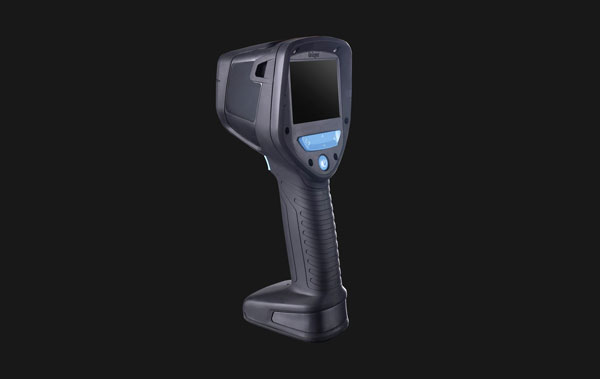
3. Process-Material Synergy Optimization
-
Key Injection-Molding Parameters:
-
PC+GF: 280–320°C melt temperature, 80–100°C mold temperature
-
PPSU: ≥90-second cycle time, 120–150MPa holding pressure
-
A case study demonstrated 95% material utilization via hot runner systems.
-
Surface Treatment Technologies:
-
Corrosion Resistance: PVD coating achieves 1,000-hour salt spray resistance.
-
Anti-Fingerprint: Nano-hydrophobic coatings achieve >150° contact angles.
-
EMC Shielding: Silver paste printing provides 30dB attenuation (1GHz–18GHz).
4. Typical Application Cases
-
Military-Grade Detectors:
A model using PC+30%GF achieved IK10 impact resistance at 0.3mm thickness via in-mold decoration (IMD), with no embrittlement in -40°C testing.
-
Medical Rescue Devices:
A brand’s dialysis machine shell uses PPSU, maintaining >90% tensile strength after 1,000 cycles of 134°C, 30-minute autoclaving, with surface roughness Ra < 0.1μm.
-
Firefighting Robots:
PEI+20% carbon fiber composites, laser-welded for IP68 protection, sustained 2-hour operation under 300°C thermal radiation.
5. Future Technological Trends
-
Smart Material Integration:
A laboratory is developing shape-memory polymer shells that deploy heat sinks at 60°C, extending device runtime by 40%.
-
Bio-Based Material Breakthroughs:
Modified PLA achieves 50kJ/m² impact resistance, with 3D printing reducing development cycles to 1/3 of traditional injection molding.
-
Digital Twin Optimization:
ANSYS simulations predict material stress distribution under -50°C to 150°C cycles, cutting physical testing by 70%.
Conclusion
Material selection for life detector shells involves balancing performance, cost, and manufacturing processes. Enterprises are advised to establish material databases, matching key parameters like impact strength, heat deflection temperature, and EMC attenuation with operational conditions. Where budget allows, prioritizing materials certified to ISO 10993 biocompatibility standards is not only a regulatory requirement but also a critical safeguard for rescuers’ lives.
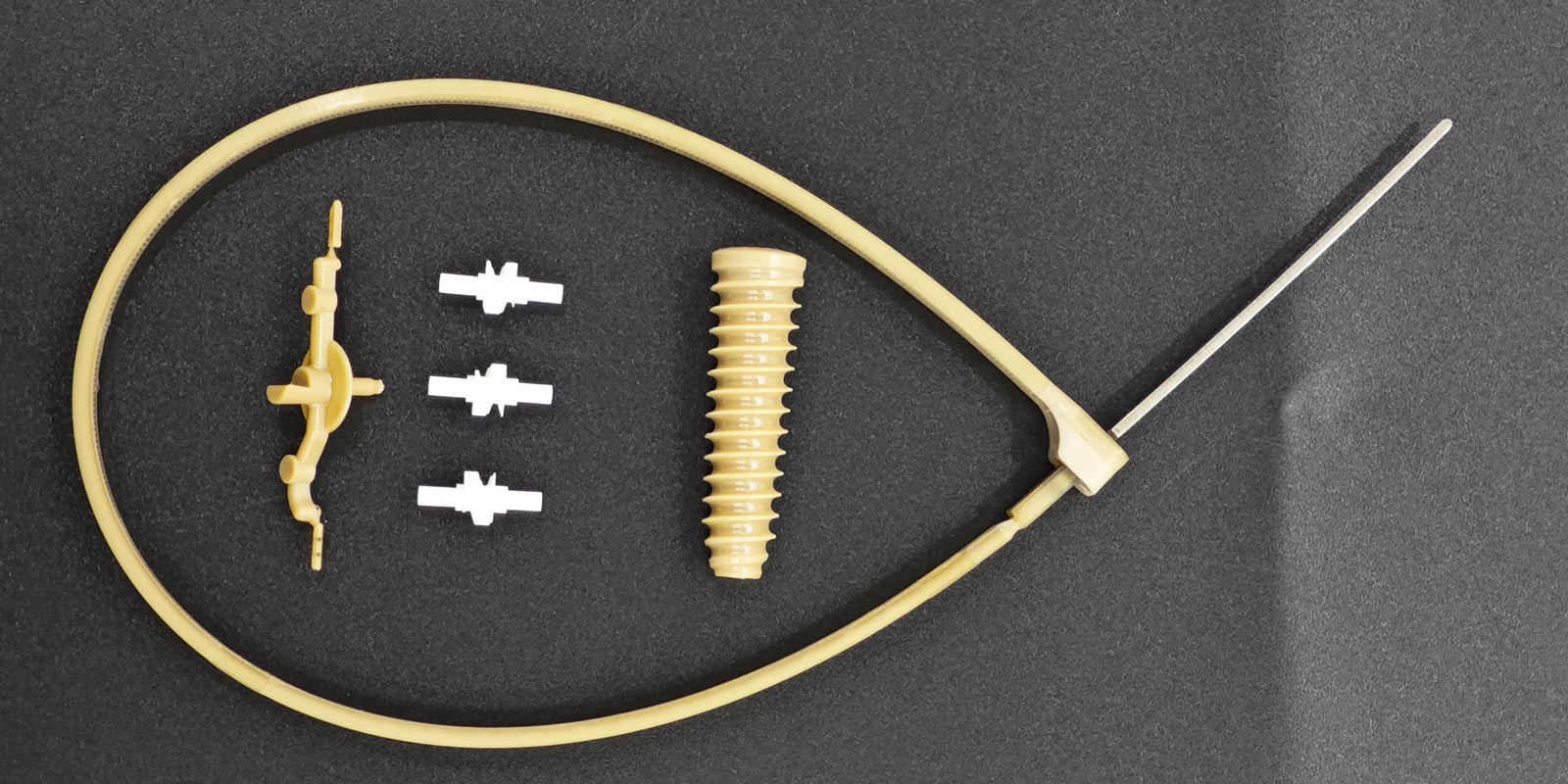
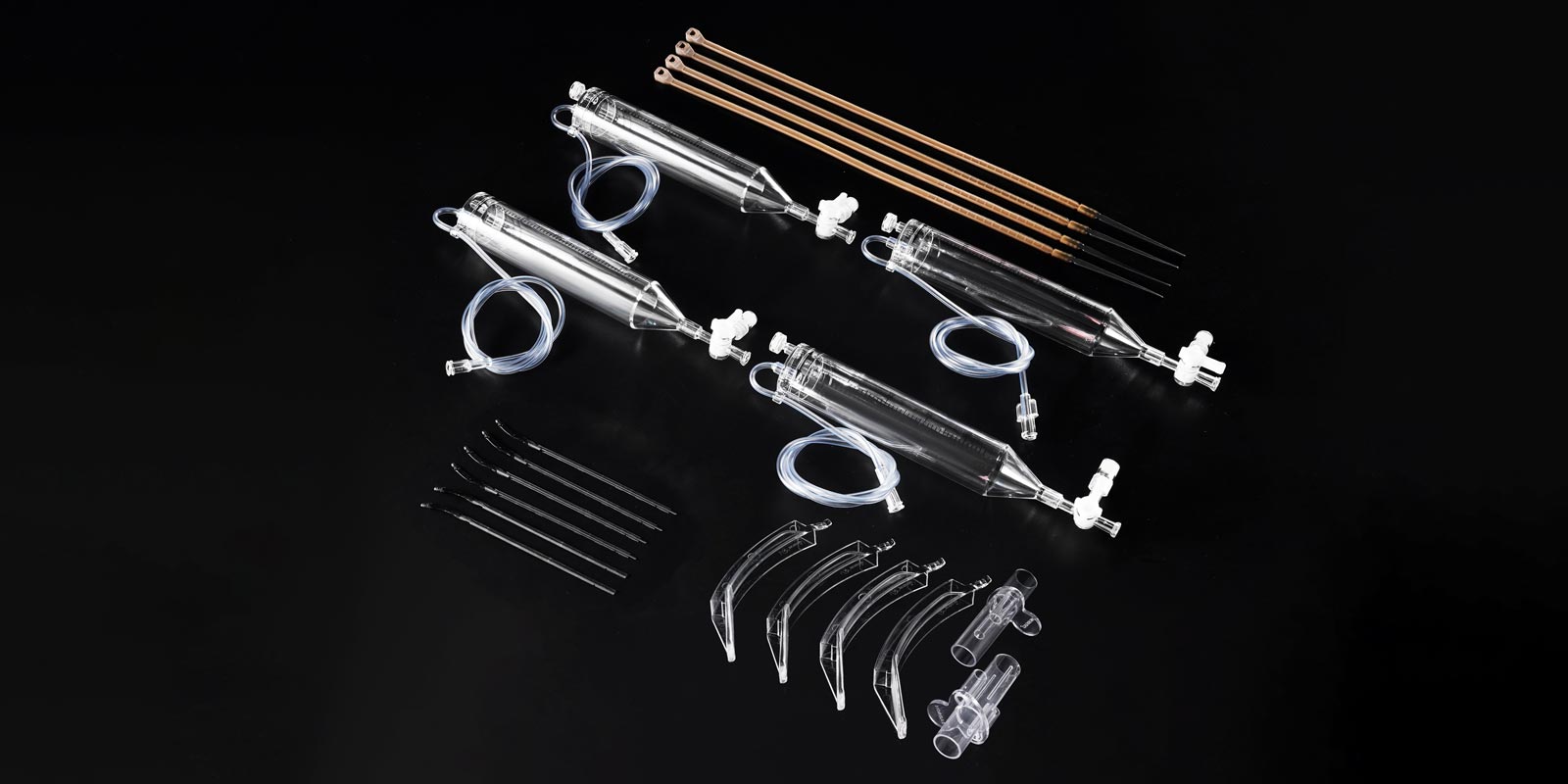
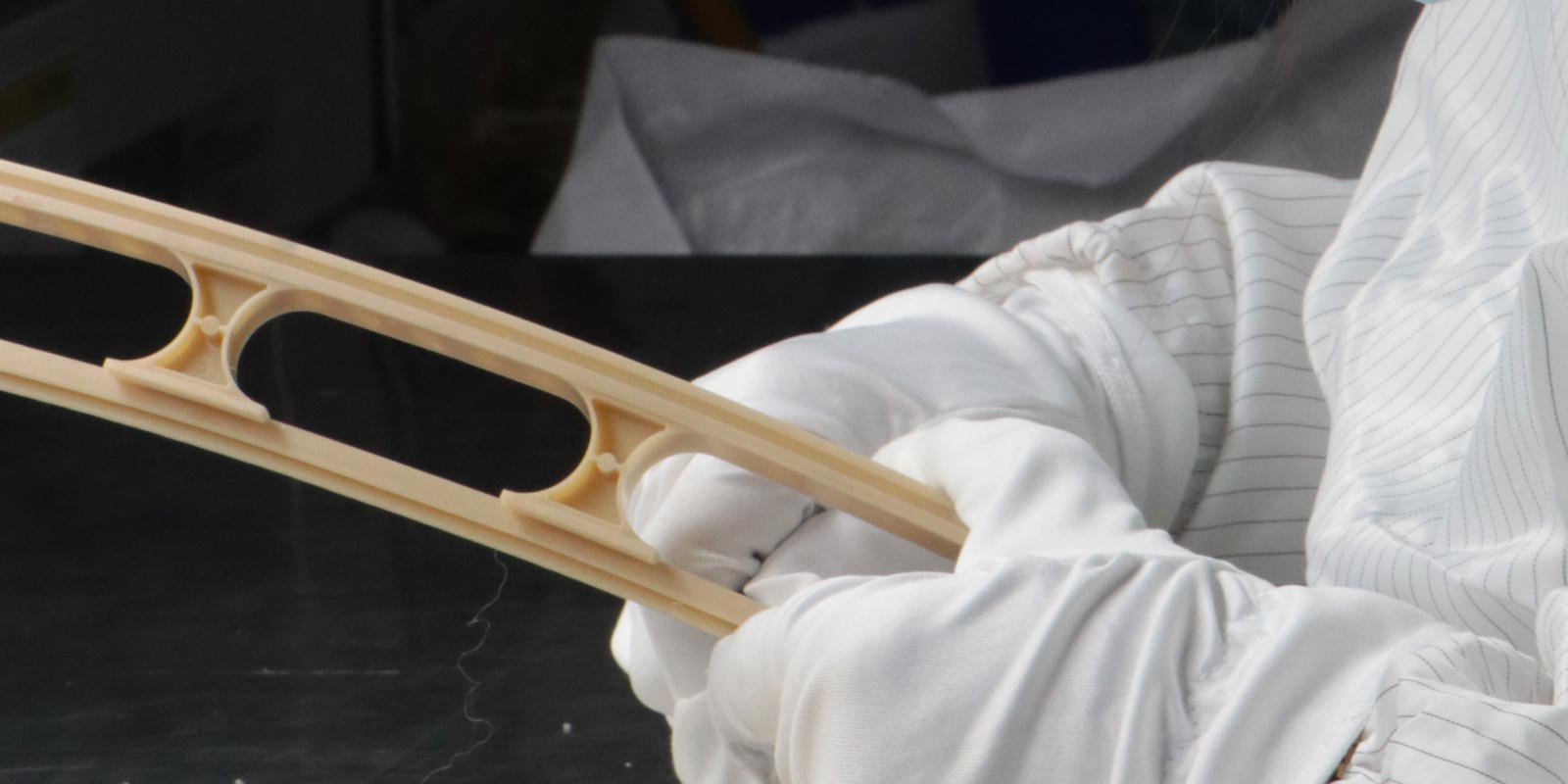
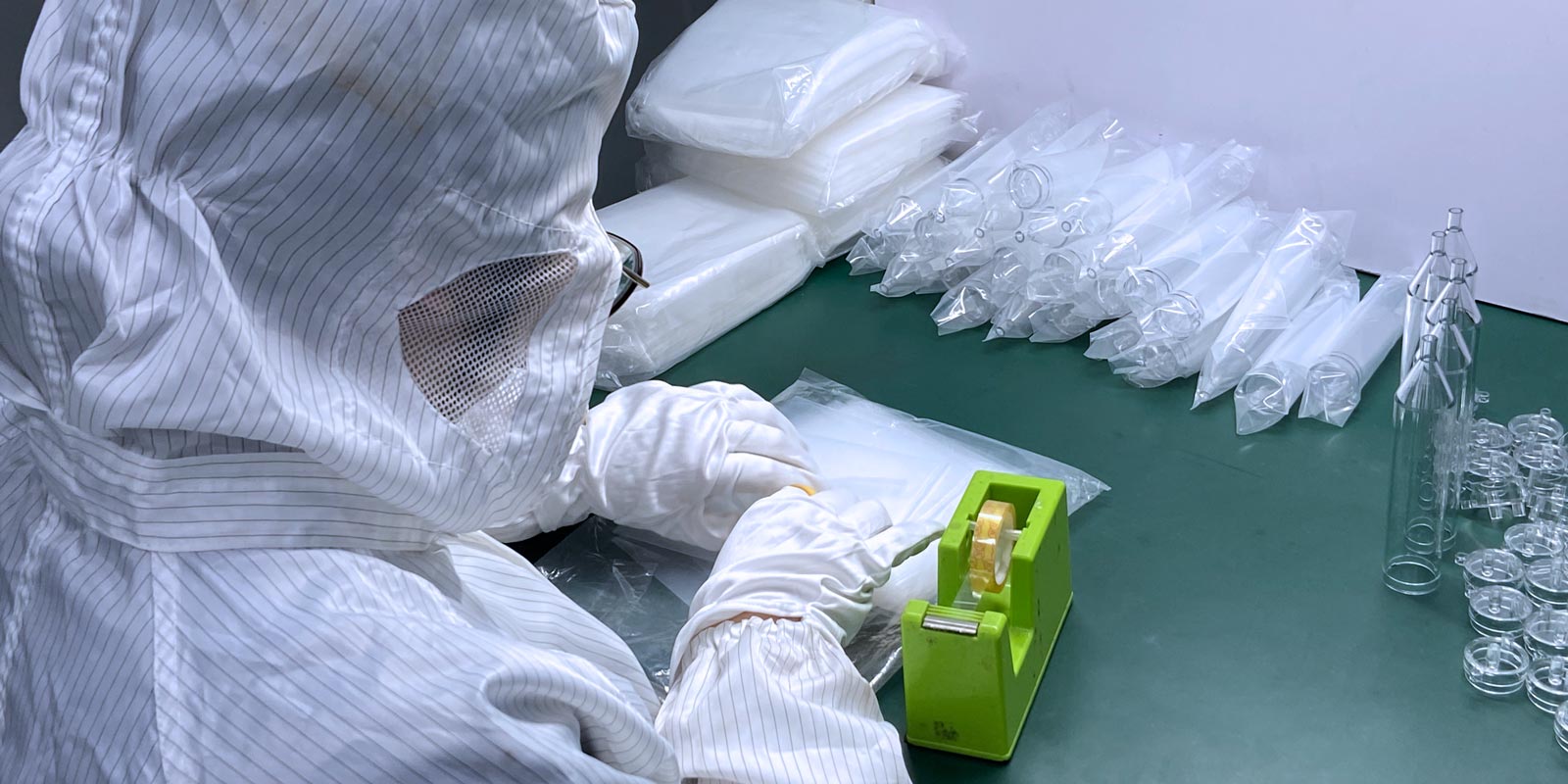
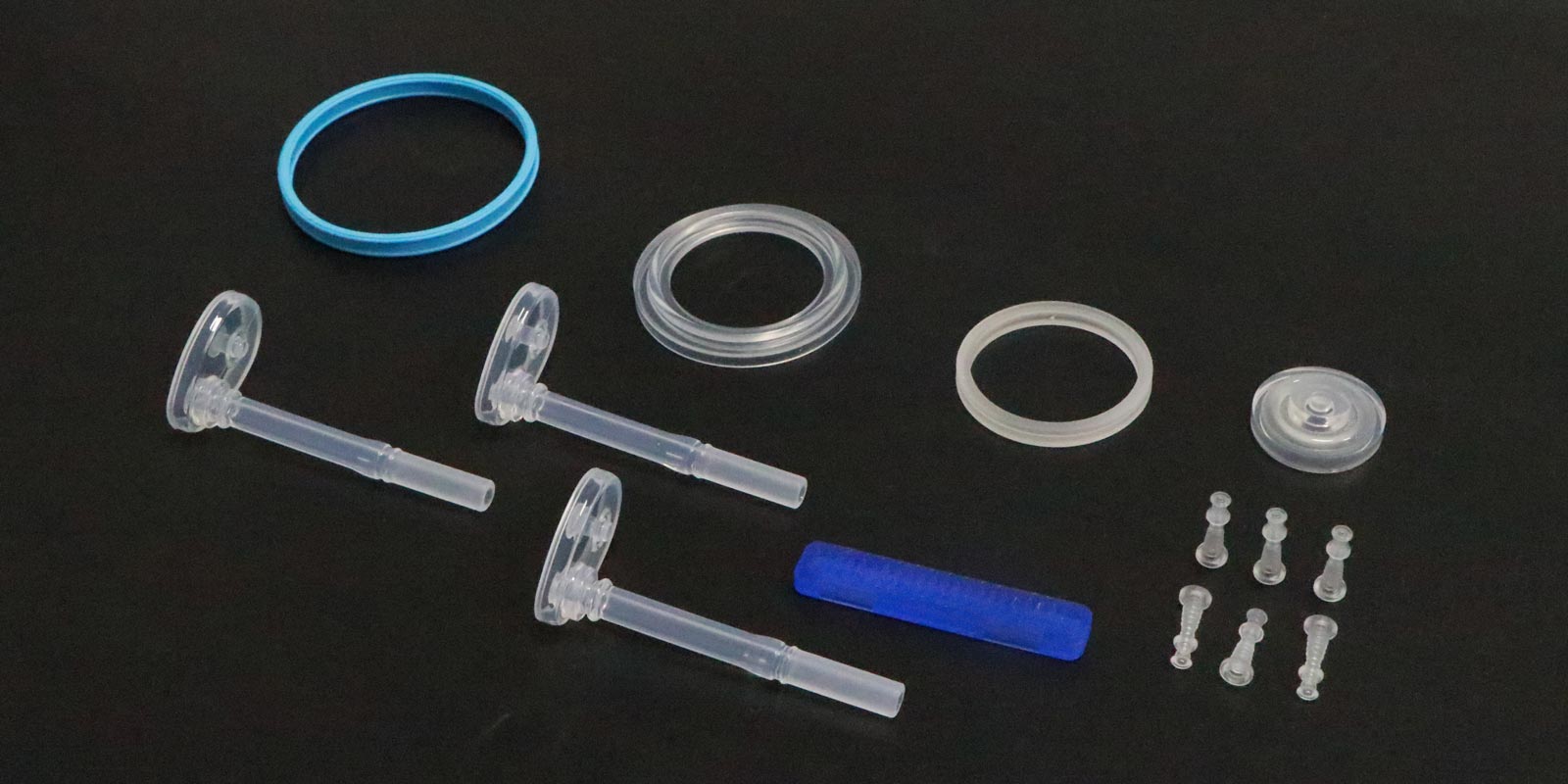
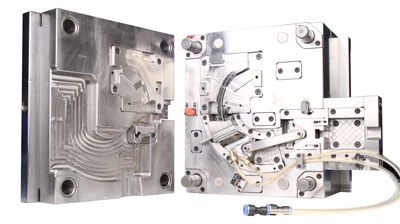
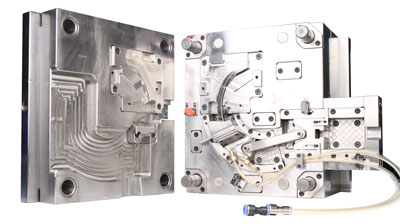
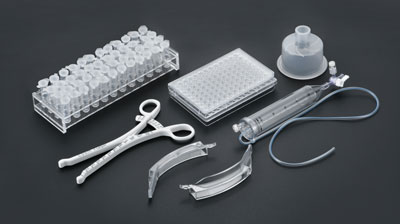
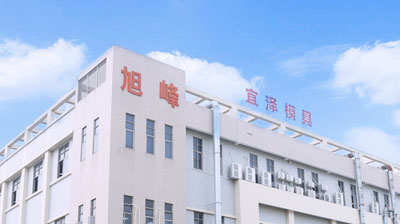







 Home
Home
